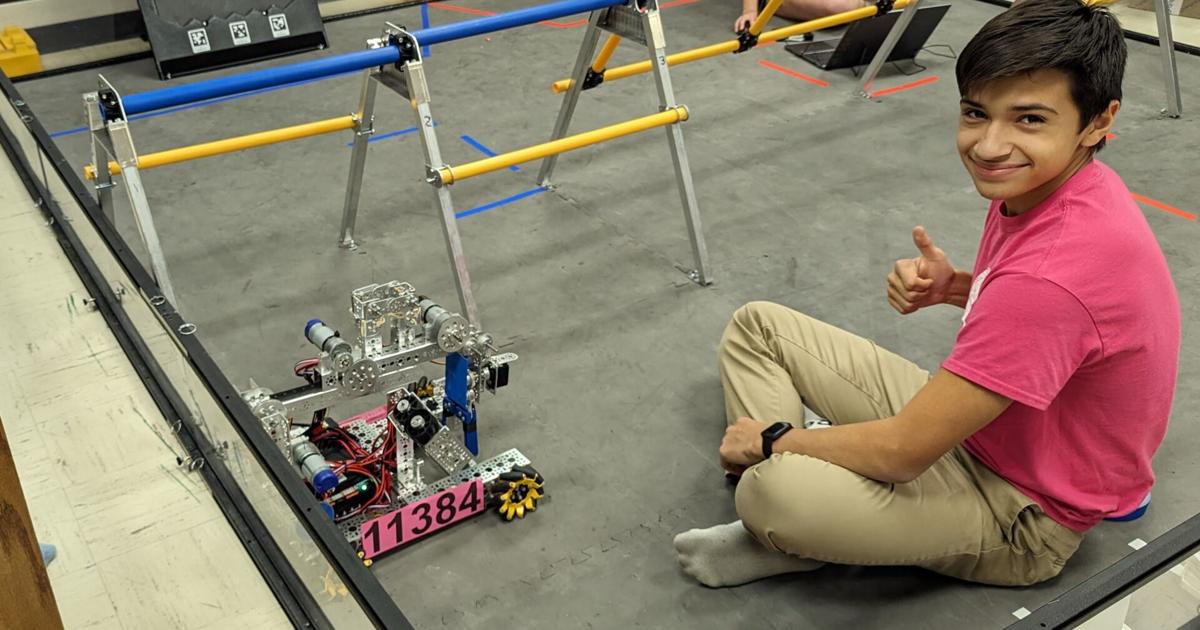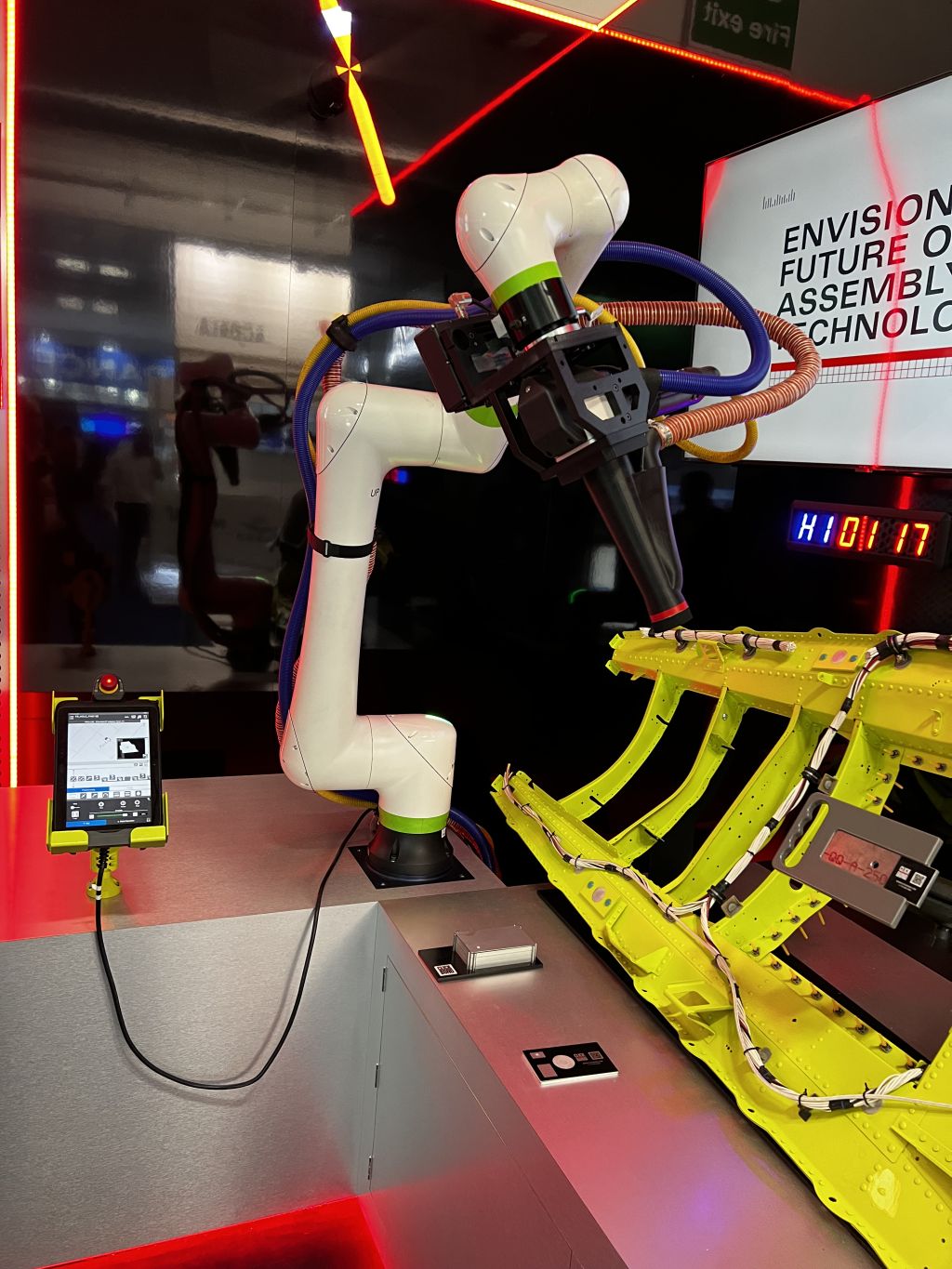Different insects flap their wings in different manners. Understanding the variations between these modes of flight may help scientists design better and more efficient flying robots in the future. However, decoding insect flight is not as easy as it sounds.
Winged insects have been around for nearly 400 million years, and the evolution of flight in different insect species influences things like how insects flap their wings, what makes some insects highly maneuverable, and how their flight muscles work. A new study has used a mix of evolutionary analysis and robotic model wings to better understand how different flight modes operate.
Insects are the most skilled flyers
There are organisms other than insects that can fly. Scientists can also take inspiration from them, so what makes insect flight so special?
“From a basic biology perspective, flight has evolved four times in the history of animals (pterosaurs, birds, bats, and insects), but flight in insects is arguably the most successful in that it has been around for the longest (hundreds of millions of years) and has led to the largest number of species. So it is one of the prime examples of a key innovation in evolution,” Simon Sponberg, a professor of physics and biological sciences at Georgia Tech, told Ars Technica.
Sponberg and his team’s study sheds light on the evolution of flight in different insect groups. Using the findings from their research, they also modeled robots that mimicked two different flight modes.
Not all insects fly the same way
There are some insects that fly synchronously, meaning their wings on both sides flap together and in a coordinated manner. Others demonstrate asynchronous flight, in which each wing operates independently. A big difference between these two modes is that in synchronous flight, the nervous system of an insect has complete control over the wings’ motion.
The insects can command their muscles to beat on each wingstroke with their brains, just like you or I do when we command our leg muscles to move with each step. That is what the very first flying insects likely did, as it’s common in many groups of insects today, including moths, cockroaches, and others.
In asynchronous flight, the wings flap much faster than the insect’s brain can control. This is possible because of a special delayed stretch activation property in the flight muscles. When they get pulled on by other muscles and the wing, they automatically pull back, which happens faster than they can respond to a brain signal. “In this case, the brain basically says ‘go’ and the muscles themselves take over, and because of this special property, they vibrate really quickly. This is how you can get a muscle to beat wings at something like 800 times a second or more as you would see in a mosquito,” Sponberg said.
Insects switch flight modes as they evolve
The current study focuses on asynchronous flight because the insects that fly in this manner perform ultrafast wingbeats and are more maneuverable. These ultrafast wingbeats are present in at least four major insect groups, including mosquitos, bees, beetles, and true bugs or hemipterans. Since these groups are spread out on the evolutionary family tree, people had for a long time assumed that this strategy had evolved separately in each of those groups.
“We show that the asynchronous ultrafast flight in these four groups probably shared one evolutionary origin—they had one common ancestor that was ultrafast rather than each evolving independently. This means that all the slower flapping groups of insects in between those groups, like moths and butterflies, would have also had this common ancestor,” Sponberg told Ars Technica. However, throughout evolution, moths and butterflies somehow reverted to the slower, synchronous neural command.
“Our theory is that this type of ultrafast muscle was lost in those groups. Within some of these groups of insects, there have then been repeated transitions back and forth between the two flight modes. We believe they still have a remnant of the stretch activation present in the system,” Sponberg added. These findings also hint that there’s the possibility of a single insect species having properties of both synchronous and asynchronous flight.











